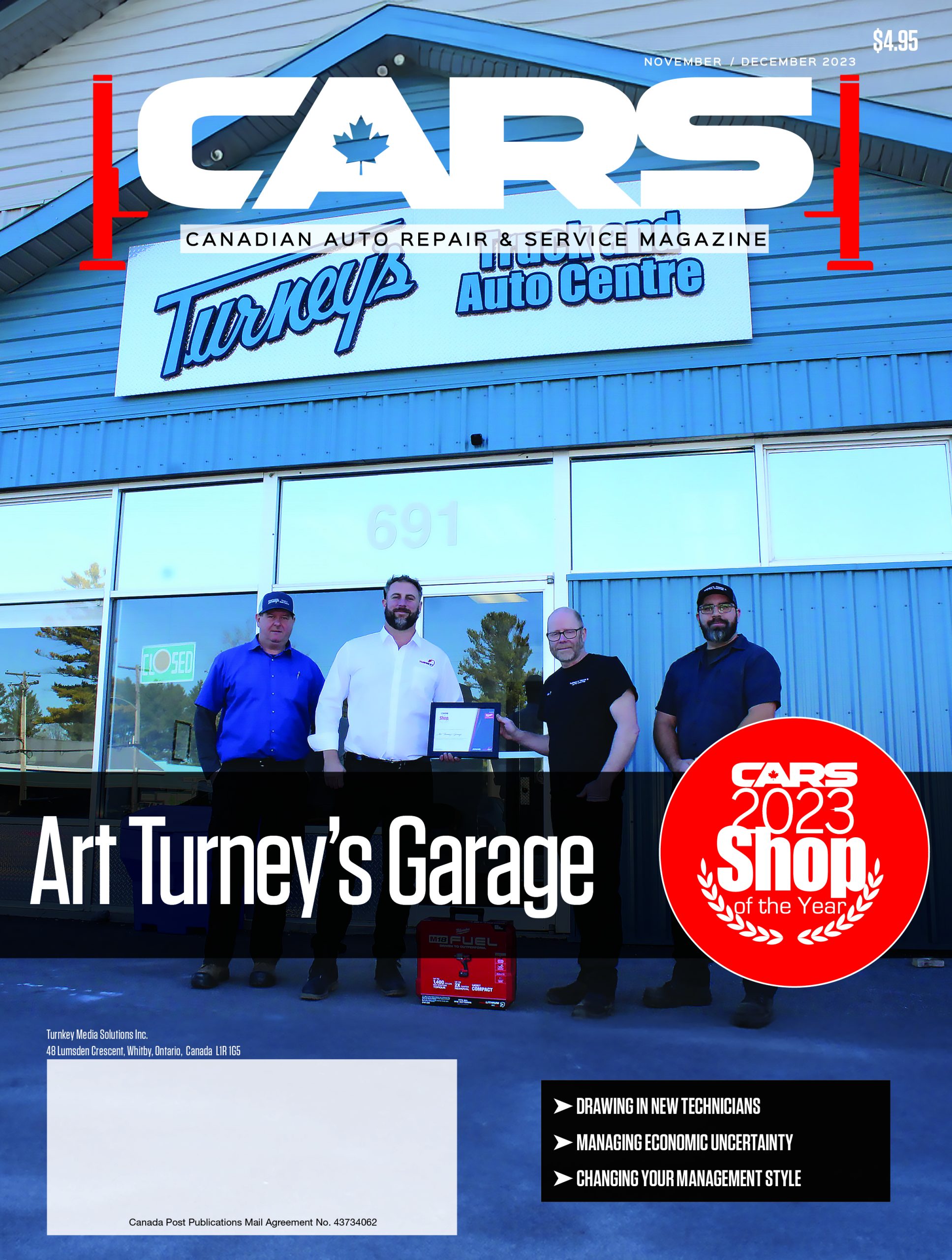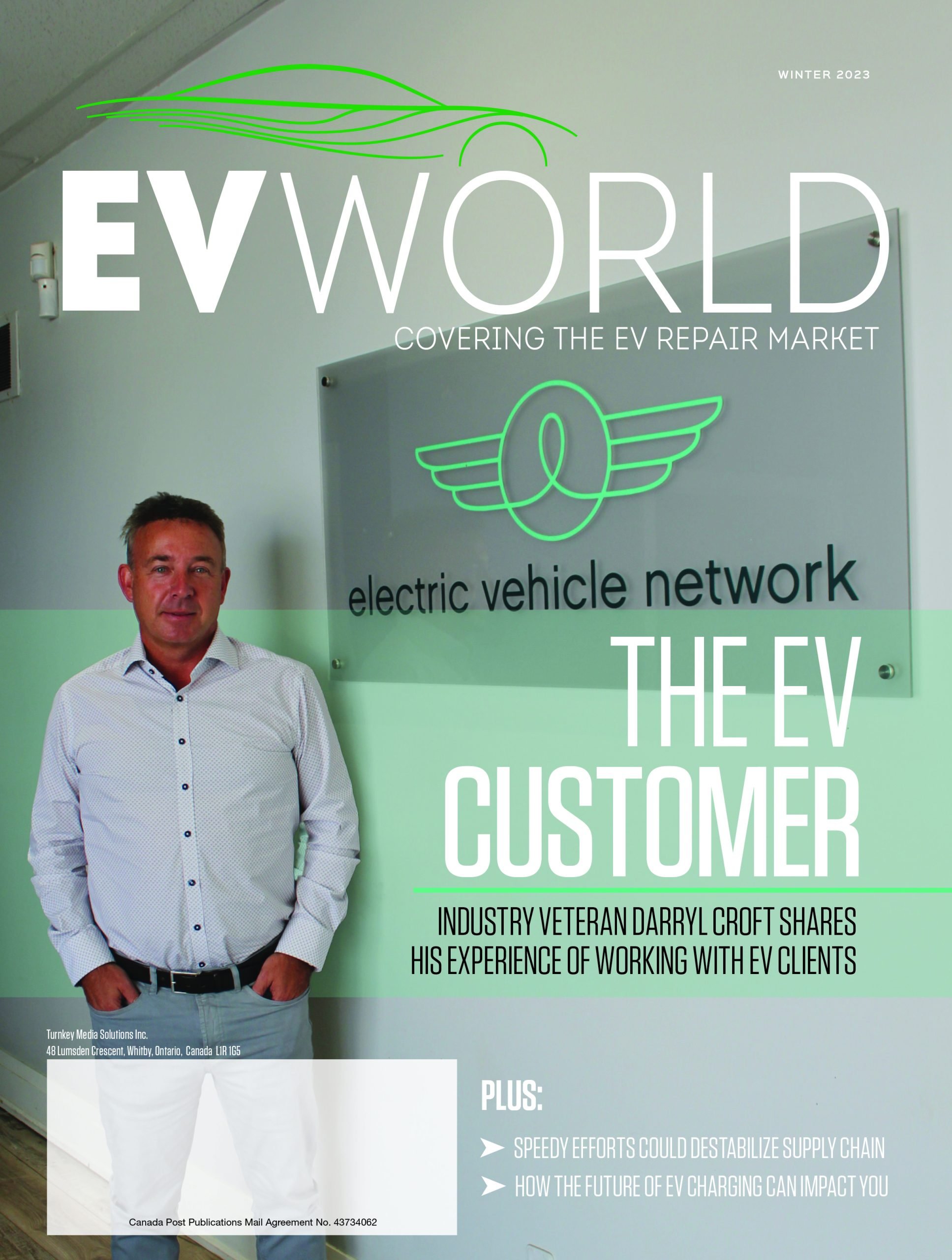
A more attractive aftermarket: how to connect with millennial shoppers
This story first appeared in the March issue of Jobber News. Click here to access the digital magazine.
A quick Google image search of the term “millennials” reveals a series of photos that all have one thing in common. Besides the stereotypical shots that depict of a cluster of people who are devoted to their cell phones and have an affinity of working at random cafés on their laptops sipping overpriced iced lattes, all of these stock images show a generation of young people who appear to be no older than a high school senior.
The world has its fair share of stereotypes about the millennial—lazy, entitled, and selfish, to name a few—and therein lies the first one, which may be surprising for some—millennials aren’t actually that young anymore. In fact, the term millennial applies to anybody born between 1981 to 1996, which means that the oldest millennials are now 40 years of age. Anybody born after 1996 falls into the Generation Y category.
According to leading global investment firm MSCI, as of 2020, approximately 1.8 billion people worldwide or 23 per cent of the global population can be considered as belonging to the millennial group. There are now more millennials than any other adult cohort on the planet, and in fact, worldwide, there are a quarter more millennials than in the preceding generation, which are those born from the mid-1960s to the late 1970s (better known as Generation X, or the baby boomers). In a recent session held at the 2021 Virtually Vision conference, Sara Fraser, creative director at Haas Performance Consulting, and also a millennial herself, provided an in-depth analysis of some of the misconceptions that automotive professionals have about selling and marketing to a millennial audience, who currently dominate 43 per cent of the world’s active workforce.
Birth year aside, millennials have attributes that set them apart from other demographics, and these include social and economic factors. For example, as MSCI points out, as of last year, more than half of the world’s millennials possess upper secondary education and more than one quarter hold a university or college degree. All of these factors influence spending habits and purchasing decisions.
What millennials want from an automotive shop
As the largest cohort of people on earth, millennials have the potential to both disrupt the automotive aftermarket and drive its future forward. According to a recent study conducted by Duff and Phelps, despite being an eco-conscious generation of people, 75 per cent of millennials (out of a survey of 2,150) currently own or lease a car. Of that group, another 83 per cent said that they expect to purchase or lease another car in the next five years.
In the U.S. and Canada, 77 per cent of millennials currently lease or own a vehicle and on a global level, 87 per cent of respondents in the U.S. and Canada agreed that having a vehicle is a necessity. This comes as good news for the automotive aftermarket, as it means that these consumers will eventually seek out service and repairs or general maintenance at some point. When it comes to business relationships, above all else, Fraser says, millennials are a compassionate, open-minded group who, if treated correctly, will likely be a customer for life.
A responsive website
At a time of technological disruption and mass digital takeover, millennials have the upper hand. As the first users of technology, starting with the launch of the internet in 1983, by the time social media rose to popularity, millennials were old pros at communicating online. Currently, on the business-to-business side of aftermarket distribution channels, parts wholesalers are already relying on e-commerce systems and online B2B portals to serve their clients, including millennials, who are some of the biggest users of e-commerce. The first order of business for most millennials who are considering a company to do business with, Fraser says, is to look the company up online and check out their reviews to see what kinds of experiences other consumers have had. Millennials can shop anywhere they want, and they’re known for doing extensive research prior to making a final decision.
“If there’s not many reviews, it means the shop isn’t liked enough to be talked about,” Fraser said. “I don’t expect to see only five-star reviews because you cannot please every single customer. What I’m looking for when I see a bad review isn’t necessarily what the person said, but I’m looking for how you as a shop responded to that review.” Good and bad reviews are a normal occurrence for every industry, but Fraser says business owners should take the time to respond to all reviews in a polite and timely manner. “It’s not just the customer that you’re writing the response to—you are writing this response to potential new customers, too,” Fraser added. “Ask your customers for reviews, but also have your employees review the business. That’s huge to a potential customer; it shows your employees are happy and that you take care of your people.”
Options to book online
Another major attractive draw for millennials is the option to book appointments or purchase parts, products, or services online. “A lot of millennials have anxiety about being on the phone, because you might ask me questions that I might not know the answer to,” Fraser said. “If I don’t know the answer, that makes me feel stupid, so I want a way that I can communicate on my own terms.”
Calling without notice, or not respecting a consumer’s method of communication, for example, claiming that you offer text or email services but still resort to calling the customer, is a sure way to irritate potential millennial clients, Fraser noted. “Many people do not answer calls from phone numbers they don’t know, but if you email me first and schedule a time for that appointment by phone, I’m more likely to answer.” Relaying information over the phone also opens up the possibility for critical information to be lost or forgotten. “Sending me an email explaining my vehicle diagnosis allows me to go back and revisit that information again and again so that I fully understand,” Fraser noted.
Create an app
Another great option to capture a wider millennial clientele is to create an app. “Millennials use apps for a million different things, whether it’s to manage a flight or hotel reservation, collect points while grocery shopping, or even book a hair appointment,” Fraser said. “If you’re having a discount or a special, an app is a great way to alert your customers instantly. If you have a loyalty program, or a VIP program at your store, an app is also a good place for customers to collect and track their points. If, for example, you offer a “buy five, get one free” deal, with an app, customers can see when they are getting close to their goal and are more likely to come into the store, or purchase something online.
Start offering subscription-based services
Much like apps, subscription-based services are another attractive feature for young shoppers. “Millennials have a lot of subscriptions, from food subscriptions to clothing subscriptions, they all come out of our account every month,” Fraser explained. From an automotive standpoint, a subscription-based service could look something like creating a custom monthly package that includes a suite of regular maintenance services (think oil changes, filter changes, etc.) for one set fee, or bundling a product package each month that aligns with a different theme. “When I sign up for a subscription-based service, I’m already expecting to pay for it ahead of time, so the chances of me coming in to see you are more likely, and I’ll stay on top of it,” Fraser explained. “You can also make this a VIP membership for your elite customers, which makes them feel important and it’s a good way to earn their loyalty.”
Quick Facts
- Online comparison shopping increased 12 per cent since 2014, with 95 per cent of online automotive aftermarket consumers now comparing products and prices before they buy, which makes having a user-friendly website that much more important.
- A majority (63 per cent) use online coupons and 52 per cent are more likely to shop with a retailer if they receive email offers with discounts (an app is a great way to alert customers to new deals and promotions).
- Sixty-three per cent like to receive email or text delivery alerts with the approximate time of delivery, up from 47% in 2014—offering customers the option for email or text alerts, rather than just a phone call, can boost customer satisfaction.
- Forty per cent of millennials prefer walking into an actual retailer to purchase parts and products, versus older generations (35 per cent).
- Forty-seven per cent of millennials will share their experience with a retailer on social media, and cross-promote the business (customer service is key for this reason).
*UPS and comScore via V12 Data
Not already a subscriber?
Click here to sign up for our list of products!
.png)








Have your say: